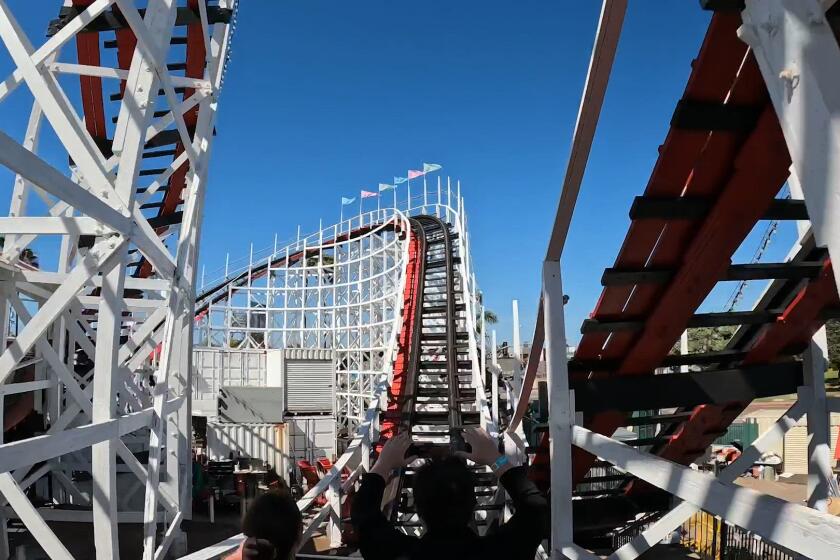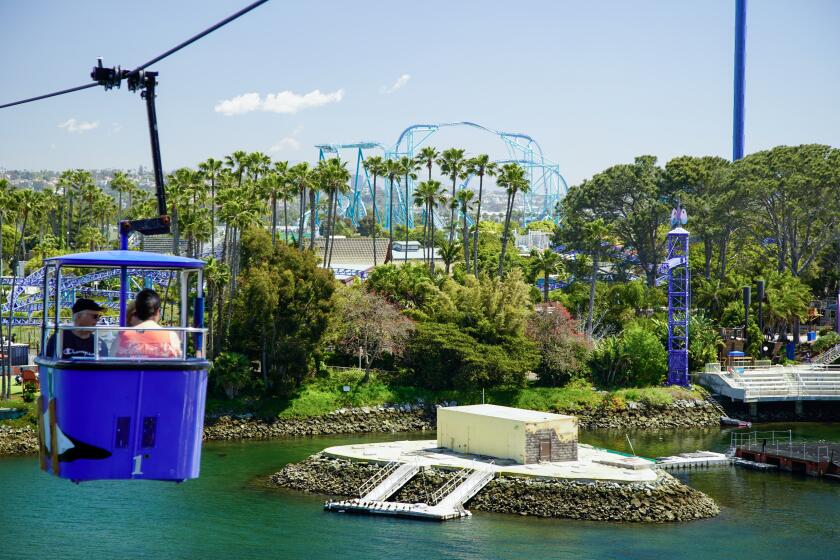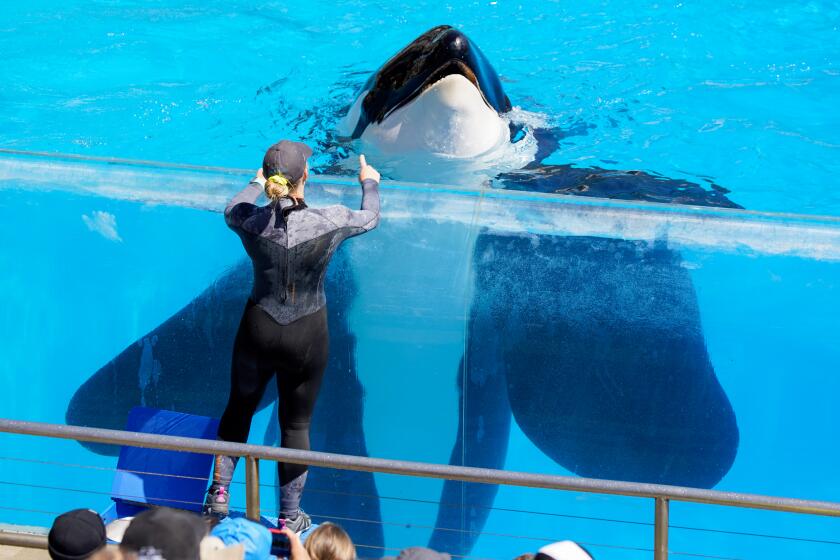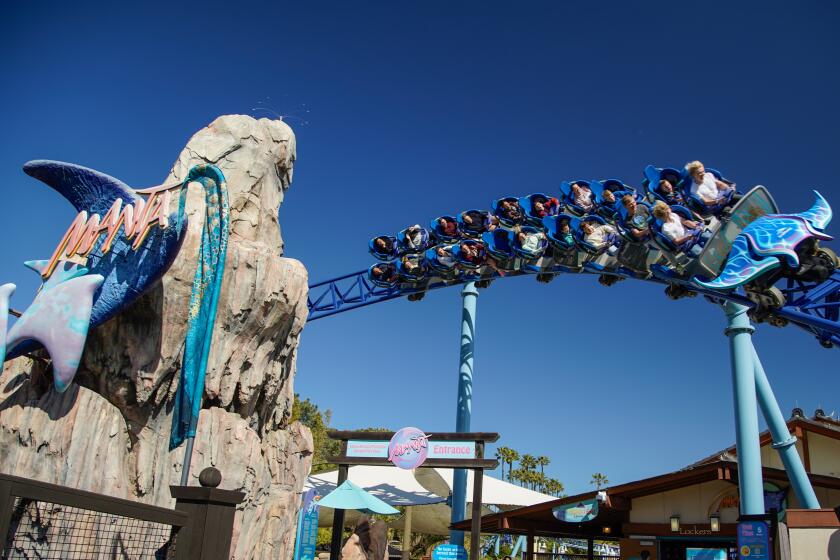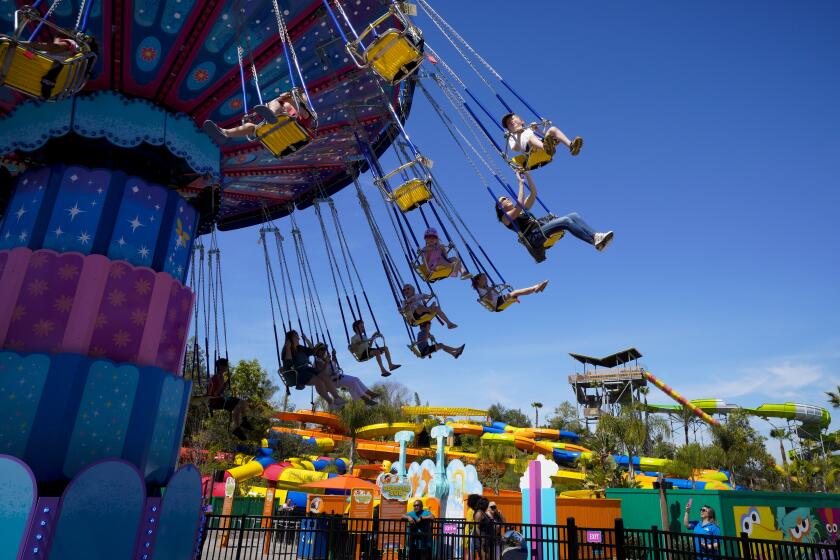How SeaWorld’s Obie the walrus died
SeaWorld officials say that the death last month of Obie the walrus was caused by arteriosclerosis, a condition common in older animals.
Although an initial necropsy following the walrus’ death showed that it had a mass on the left side of his brain, SeaWorld said a more complete exam found that the mass was a large blood clot, which was not identified as the cause of 28-year-old Obie’s death.
“Arteriosclerosis is a slow progressive degenerative change to the blood vessels throughout the body that is not uncommon in older animals,” said SeaWorld San Diego’s senior veterinarian Todd Schmitt. “The development of arteriosclerosis in Obie was related to his advancing age and not associated to his living in a zoological park.”
Shortly after it was announced last month that Obie had died, People for the Ethical Treatment of Animals, a persistent critic of SeaWorld, blamed the death on the park, saying that the walrus was bored, blind and died a decade earlier than what it says is the life expectancy for walruses. It also pointed to a 2014 post on its seaworldofhurt.com website where it talked about a visit last September and October to the San Diego park by veterinarian Heather Rally who claimed that Obie suffered from psychological distress and boredom.
SeaWorld spokesman Dave Koontz on Friday released the results of a USDA inspection just a month later that concluded that “no non-compliant items identified during this inspection. This was a focused inspection of the orcas, dolphins, walruses, pilot whales, and the beluga whales.”
Obie was rescued as an orphan calf in 1987 and had lived at SeaWorld San Diego’s Wild Arctic attraction since 1997.
Get U-T Business in your inbox on Mondays
Get ready for your week with the week’s top business stories from San Diego and California, in your inbox Monday mornings.
You may occasionally receive promotional content from the San Diego Union-Tribune.


